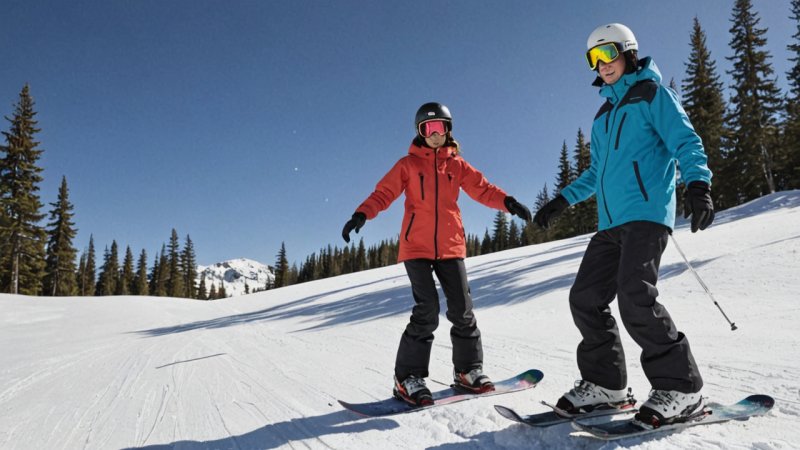Skiing and snowboarding are exhilarating winter sports that attract millions of enthusiasts every year. However, for beginners, the thrill can come with a few risks if proper safety measures aren't taken. Understanding how to stay safe on the slopes is crucial for enjoying your time on the snow and preventing injuries. In this article, we will explore essential safety tips that every beginner skier and snowboarder should keep in mind to maximize their enjoyment and minimize risks.
Wear Proper Protective Gear
Safety starts with the right equipment. Ensure you wear a helmet that fits snugly and meets safety standards to protect your head from potential falls. Additionally, consider investing in wrist guards and knee pads, especially for snowboarders, as these areas are particularly vulnerable to injuries. Also, make sure your clothing is appropriate for the weather—waterproof, insulated, and breathable fabrics will keep you warm without overheating.
Understand Basic Ski/Snowboard Techniques
Before hitting the slopes, it’s vital to grasp the fundamentals of skiing or snowboarding. Enroll in a lesson with a certified instructor who can teach you essential skills such as how to stop, turn, and navigate the terrain safely. Knowing how to fall correctly can also minimize injury risk; practice falling on your side to protect your wrists and head.
Familiarize Yourself with the Terrain
Every ski resort has various runs designed for different skill levels. Beginners should stick to green (easy) runs until they gain more confidence and control. Take some time to study the trail map and identify the safest routes. Always be aware of your surroundings and watch out for other skiers and snowboarders to avoid collisions.
Stay Hydrated and Take Breaks
Physical exertion in cold weather can lead to dehydration, so it’s essential to drink water regularly throughout the day. Pay attention to your body’s signals; if you feel fatigued, take a break. Resting not only helps you recover but also allows you to maintain focus and avoid accidents due to exhaustion.
Know and Follow the Skier’s Responsibility Code
The Skier’s Responsibility Code outlines essential guidelines for safety on the slopes. Some key points include yielding to others, staying in control, and not stopping in the middle of the trail. By following these rules, you contribute to a safer environment for everyone and help prevent accidents.
In conclusion, skiing and snowboarding can be incredibly rewarding and fun activities, especially for beginners. By prioritizing safety through proper gear, learning essential techniques, understanding the terrain, staying hydrated, and following established guidelines, you can ensure a safer and more enjoyable experience on the slopes. Remember, safety is not just about avoiding injuries; it’s also about enhancing your overall enjoyment of these thrilling winter sports.






